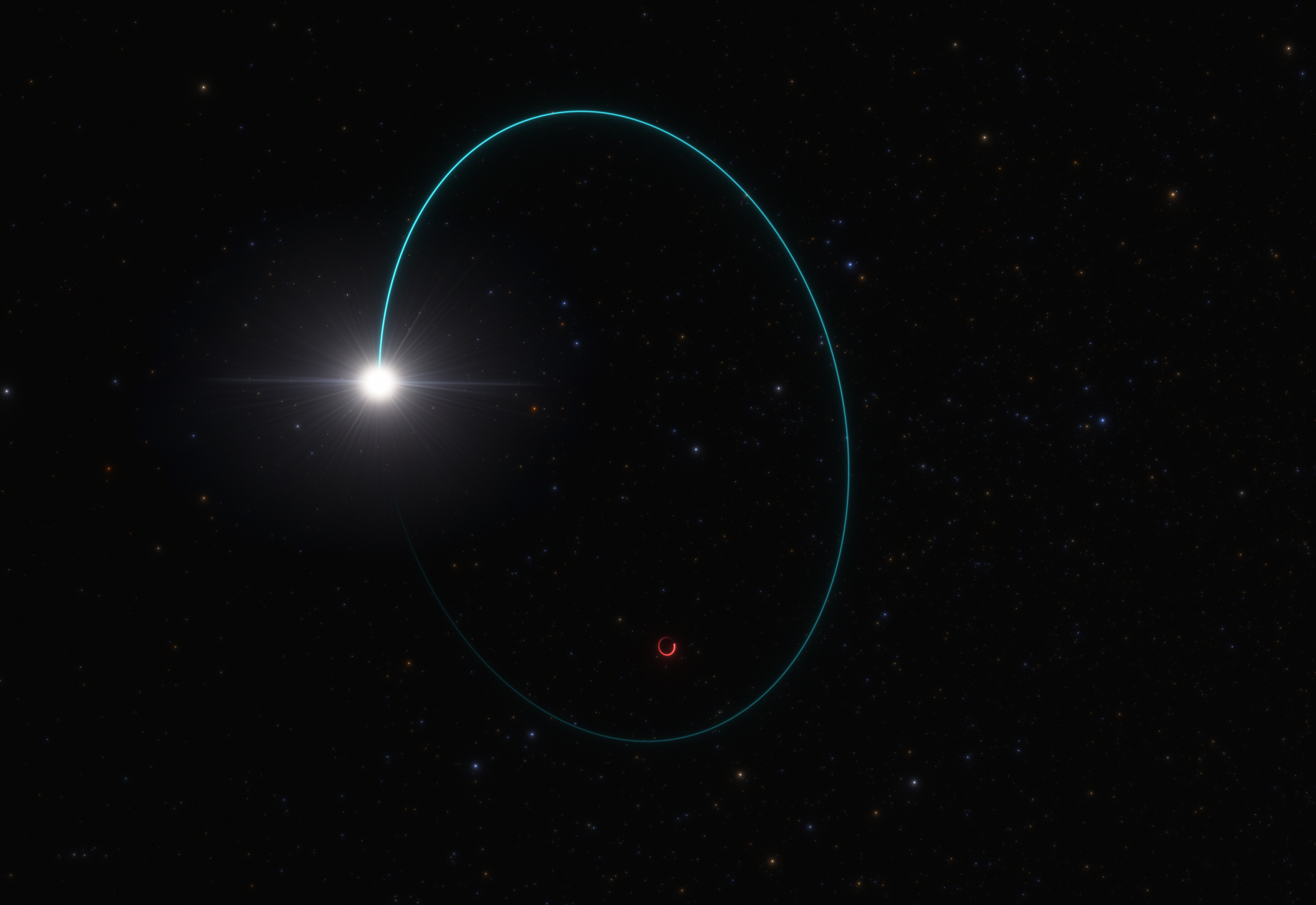
On April 2, the White House’s Office of Science and Technology Policy released a memo calling for lunar time, or, as they put it, outlining “the Biden-Harris Administration’s policy to establish time standards at and around celestial bodies other than Earth to advance the National Cislunar S&T Strategy.” “Cislunar” means between the Earth and the Moon, but the time zones will also apply to the lunar surface.
This new time zone will be traceable to Coordinated Universal Time (UTC), highly accurate, resilient “to loss of contact with Earth,” and scalable “to space environments beyond the Earth-Moon system.” One issue with the current system is that it does not respond properly to relativity when it is scaled to the moon and other celestial bodies. This is an issue for technologies that require precise measurements. Currently, UTC (which is essentially the same as Greenwich Mean Time) is used for space operations. The National Institute of Standards and Technology (NIST) and the United States Naval Observatory (USNO) are both official keepers of UTC in the United States.
Space agencies had already begun discussions of lunar time have already begun at the European Space Agency. Space agencies of various nations had a discussion on the topic in the Netherlands in November 2022 as part of a broader discussion of LunaNet, a proposed “framework of mutually agreed-upon standards, protocols and interface requirements allowing future lunar missions to work together.” This will involve cooperation between two proposed satellite systems, the American “Lunar Communications Relay and Navigation Systems” and the European “Moonlight” satellites.
The lunar time project will be done by NASA “with support from partnering departments and agencies.” NASA is supposed to provide the White House with a timeline for this project by the end of 2024.
The National Cislunar S&T Strategy suggests interagency and international cooperation for activity in cislunar space, including on the moon itself. According to this document, “NASA estimates that over the next ten years human activity in cislunar space will be equal to or exceed all that has occurred in this region since the Space Age began in 1957.” The strategy suggests that there will be sustained human presence on the moon in the future, and that humans will be able to procure minerals from the moon.
NASA is currently working on going to the moon via their Artemis mission. NASA repeatedly describes this mission as sending “the first woman and first person of color” to the moon, but this is misrepresenting the mission, as it is not intended to simply be a repeat of what we accomplished under Kennedy, this time with different identity groups. The first phase, Artemis I, was an uncrewed flight test during which the Orion spacecraft traveled beyond the moon. The next phase, Artemis II, will carry the four astronauts (three Americans and a Canadian) around the moon. Artemis III will send the astronauts to the Southern Pole of the moon, where they will conduct some scientific exploration. The intent is that, in the future, humans will continue to go to the moon, often for extended periods of time. NASA also wants to send humans to Mars — a planet that will, by that time, use Lunar Time.






Leave a Reply